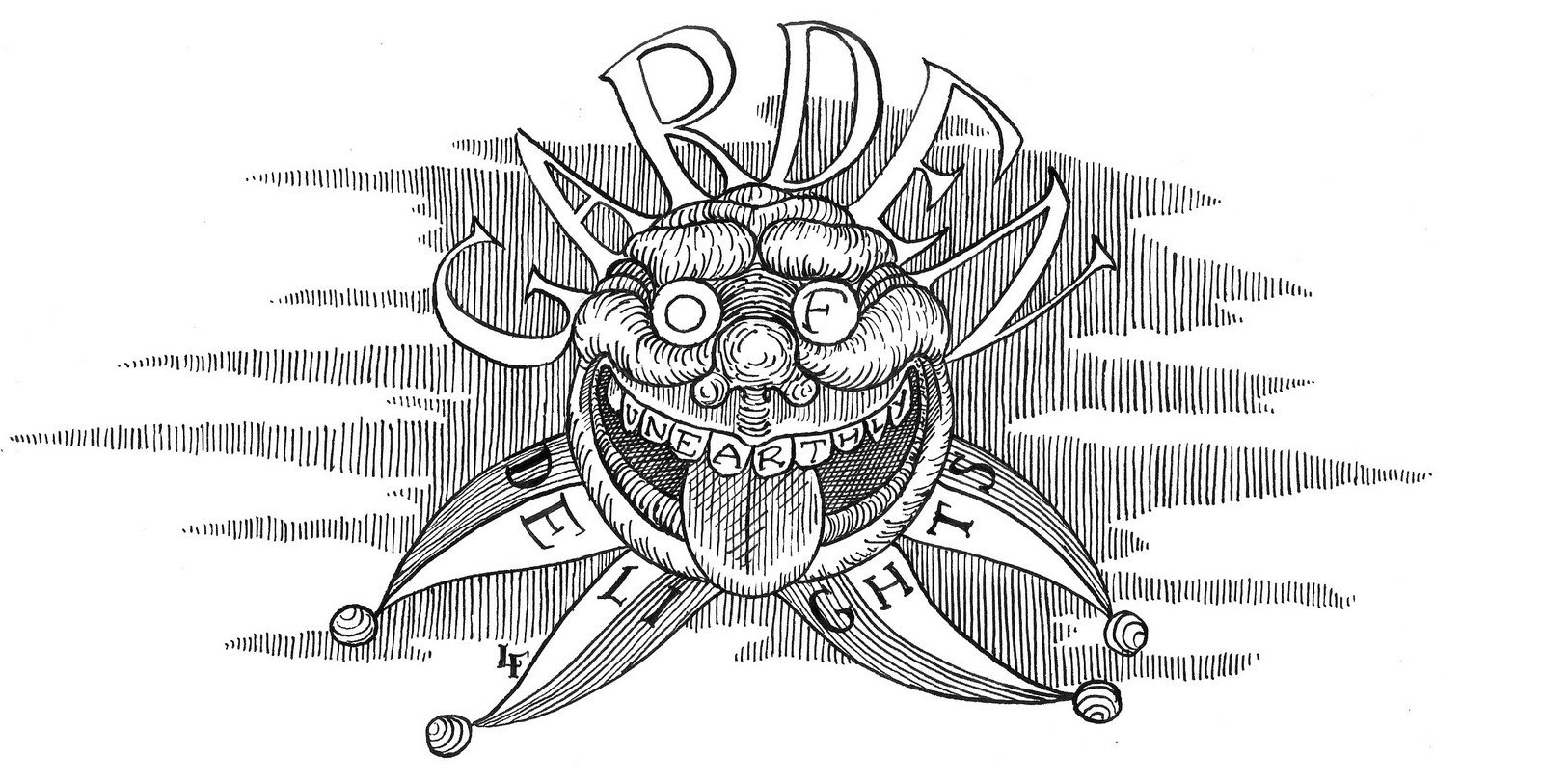Here, Pinel compares the perceived physiognomies of an idiot and a maniac. These extracts are courtesy of Sander L. Gilman's Seeing the Insane. References to the 'proportions of Apollo' allude to the perceived ideal facial proportions as determined by classical sculpture.
... The ancient artists, who were equally remarkable for the delicacy of their touch and their acuteness of observation, could not fail to discover those proportions of the head which are the essential constituents of beauty. They have, consequently, divided those of Apollo into four parts by horizontal planes at equal distances. One of those parts begins at the roots of the hair on the forehead, and extends to the crown. The form of the head of the maniac (uppermost image) varies no more than well-proportioned heads in general from this standard, since the whole height of his head is twenty-three centimetres. Subtracting one from the other, we obtain a remainder of six centimetres, which, compared with the whole height, gives a proportion very nearly approaching that of one to four, as in the head of Apollo. The height of the head of the idiot, on the contrary, is eighteen centimetres, and his face fifteen. On subtraction we have a distance of three centimetres, which is only one sixth of the height, and which shews how much the vault of the cranium is flattened, and, consequently, its capacity diminished. This diminution is still more strikingly apparent if we examine the human skull in another point of view. In well formed heads, a horizontal section of the cranium made in the direction of the squamous margin of the temporal bones, gives an irregular ellipsis of such a form, that the double ordinate passing at the anterior portion of those bones, is much shorter than that passing through the posterior part. The head of the maniac approaches in those respects to the proper proportions, for the posterior double ordinate is longer by two centimetres than the anterior. On the contrary, those two lines are about equal in the head of the idiot, as I have ascertained by a caliber compass; so that the section of this cranium would give a figure very nearly approaching that of a regular ellipsis.

